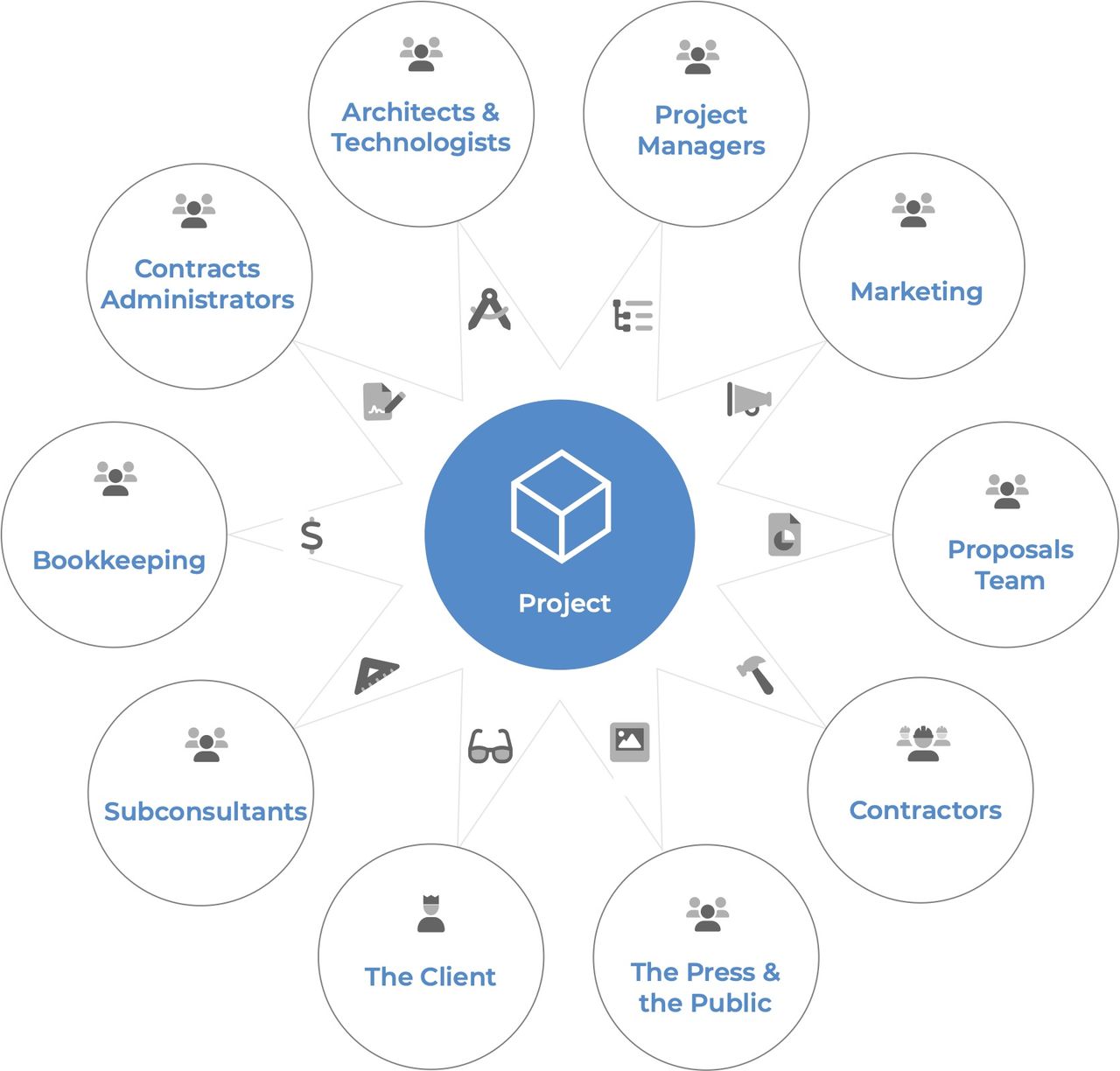Vendor consolidation back in fashion
SaaS (Software as a Service) is cloud software accessed through a web browser. Well-known examples are Google Workspace (Gmail, Calendar, Drive, Docs etc.), Salesforce for sales teams, and Xero's accounting software.
Which SaaS product mix to choose? I'm going to make a case for products that interoperate - and suggest that a single vendor can offer an unparalleled depth of integration.

SaaS Stats (2020)
The number of SaaS applications used by any given company is increasing by 25% each year.
Annual SaaS spend by company size, per employee:
- small companies: $5,500
- medium-sized: $8,500 per employee
- enterprise: $2,000 per employee
Churn is high, with 30% of applications being replaced by new ones annually.
These trends show that employees, departments, and organizations recognize the productivity gains of SaaS applications and are actively looking to improve their workflows. One-third of employees said in a survey that they would quit their jobs if they had to use outdated technology, and three quarters of them were aware of alternative technology that could make them more effective.
Benefits of Consolidating Vendors
Cost savings
Consolidating multiple SaaS vendors into a single vendor may reduce costs. Vendors often charge a premium for 'integrations' with other vendors and provide discounts for bundled applications.
Managing fewer vendor contracts reduces the software licensing overhead for IT staff. Application configuration, branding and white-labelling, onboarding/offboarding, and supporting and administering users in fewer places are all easier.
Improved workflows & user experience
Organizations with a strong vendor consolidation culture tend to focus on improving workflows.
Vendor consolidation can maximize interoperability between tools, but that depends on the vendor. Look for dedicated vendors with a focused vision who build all their products in-house (not an acquisitions conglomerate).
All Cloud 49 modules are developed in-house and interoperate deeply.
Learning Curve
UI consistency in your vendor stack reduces learning curves - and user fatigue.
Synergies
Synergies add multiplicative value. Synergy results from
- multiple users collaborating within an application,
- cross-departmental and/or third party collaboration.
- multiple applications sharing data with each other,
Cloud 49 leverages your data across its application modules, between users, across departmental divides and third parties.
Applications from the same vendor have the opportunity to pool data - but that opportunity needs to be utilized by the vendor.
Every Cloud 49 module is designed from the ground up to maximize the value of shared data. Leveraging these synergies is a significant value-add in Cloud 49.
Efficiencies
Vendors that play well together improve processes and increase efficiencies. For example, suppose an organization uses a single vendor for HR, payroll, and benefits. In that case, they'd only need to interact with one vendor to manage all three processes.
Cloud 49 has many unique synergies. For example:
- Contract management, project management, and time entry integrated with accounting and payroll software.
- Client prospecting, newsletters, list management, and event management.
Reduced data entry is another efficiency. Let's consider a project in architecture (i.e. a building). Typically, staff in different roles or departments maintain separate project representations:

However, representing projects as multi-dimensional entities can be game-changing. Data from one team creates necessary inputs for another, and the shared model is enriched by each team.
Increased Clout
If your organization is a significant client, you'll have more clout in shaping product development with a vendor.
Risks of consolidating vendors
Dependency on one vendor can make them harder to replace from your processes should they turn into laggards.
Tips for successful vendor consolidation

Be careful about replacing vendors - pay attention to the value of continuity and acknowledge the disruption to existing workflows.
Assess your ability to change course in the future by considering
- the availability of 'integrations' with other vendors
- the use of standard data formats for import/export
- APIs that make data portable and integration with other systems possible.
Consider synergies derived from
- collaborative features between users
- collaborative features across teams and organizations
- data pooling between users
- data pooling between applications
Note the attentiveness of potential vendors to your firm's specific needs.
96% of client requests/feedback affect Cloud 49's development.

Conclusion
While vendor consolidation is not without risk, it can save money, improve workflows, improve user experience, increase collaboration, and unlock powerful synergies. These benefits can increase productivity and help retain staff.
